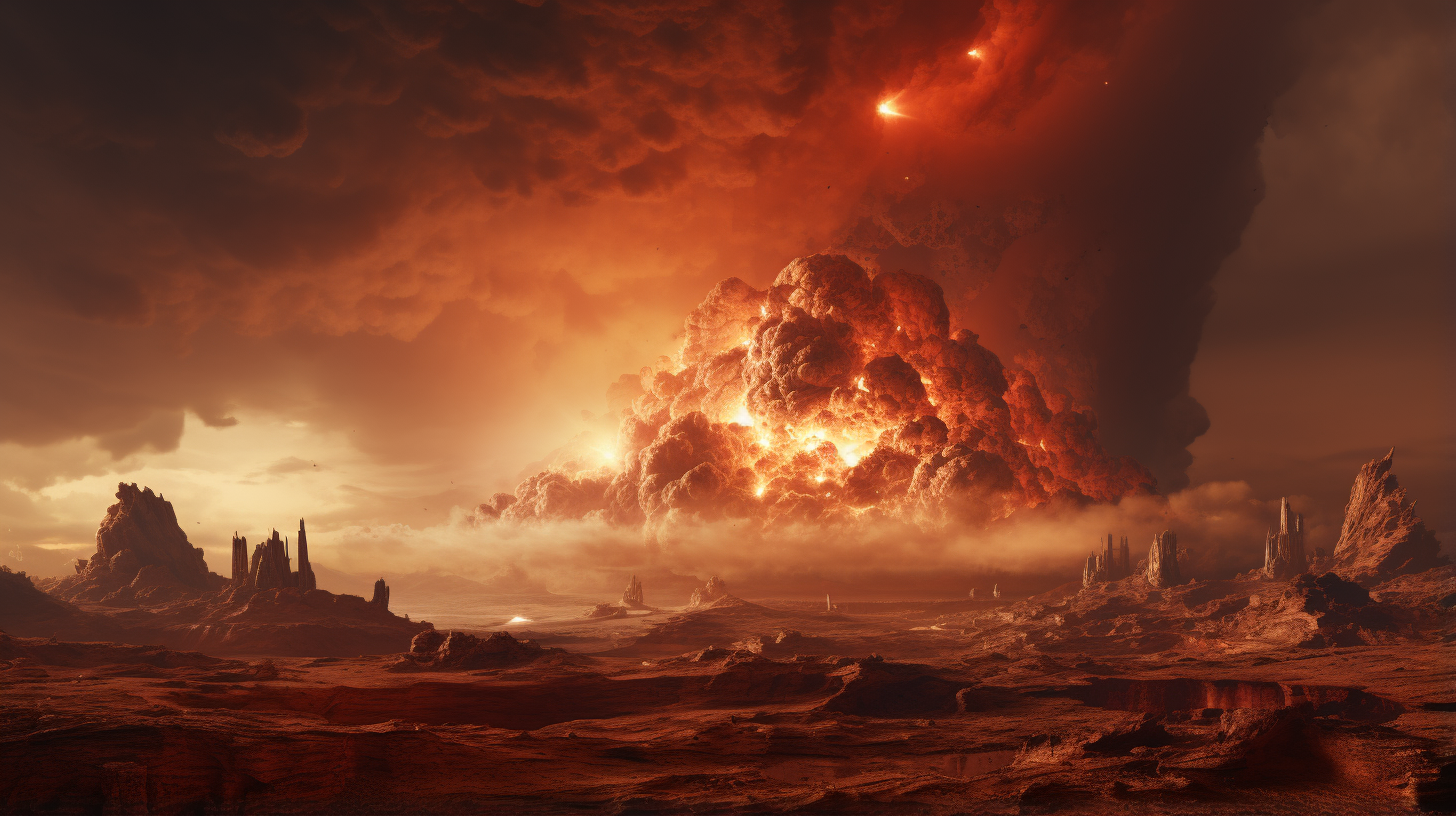In the vast expanse of our solar system, one celestial body has captured our collective imagination like no other. A fiery red sphere, hanging in the night sky, has beckoned humanity for millennia. In this article, we delve into the fascinating history and enigmatic allure of Mars.
On August 20th, 1975, a momentous event unfolded at Cape Canaveral, Florida. The United States launched a Titan rocket, carrying the Viking spacecraft on a remarkable journey.
Viking was destined for a celestial neighbor, Mars, situated 420 million miles away. The mission’s objective? To touch down on the Martian surface and seek evidence of life. But why would NASA invest a billion dollars in exploring a planet often considered inhospitable?
Mars, with its distinctive reddish hue, has long held a special place in human history. Visible to the naked eye, it has been a source of fascination and reverence for cultures across the ages.
The night sky, with its celestial wonders, often inspired speculation about the presence of intelligent life or divine beings. The very idea of life on Mars can be traced back to ancient times when our understanding of the cosmos was limited to naked-eye observations.

Among the earliest records of Mars as a celestial object of significance come from ancient Egyptian astronomers in 1534 BC. They included Mars on humanity’s inaugural star map, the Senmut star map.
Centuries later, the Egyptians adorned the tomb of Seti the First with a depiction of Mars. This reverence for Mars was in stark contrast to the fear it inspired in many other ancient cultures.
For numerous civilizations, Mars was a symbol of death, destruction, and war. The primary reason behind this ominous association was the planet’s vivid red color, reminiscent of the blood spilled on battlefields. In ancient Babylon, Mars was named after Nergal, the god of fire, death, and destruction, essentially a god of war.
The Greeks identified Mars with Ares, their god of war, while the Romans worshiped Mars as their god of war. This martial emphasis aligned with their warrior cultures and the historic conquests that defined their civilizations.
The fascination with Mars continues to this day, as we explore the mysteries of the Red Planet. While our understanding of Mars has evolved drastically since ancient times, the allure of this celestial neighbor remains as strong as ever.
Perhaps, deep within our collective psyche, there is an innate curiosity to unlock the secrets of Mars and unravel the mysteries it holds.
Video:
In conclusion, the history of Mars is a testament to humanity’s enduring fascination with the cosmos. From ancient civilizations to modern space exploration, Mars has been both a source of wonder and a symbol of conflict. As we continue to study and explore this enigmatic planet, we may one day uncover the answers to questions that have intrigued us for millennia.

14 thoughts on “Mars: Gods, Myths, and the Eternal Enigma”
Comments are closed.